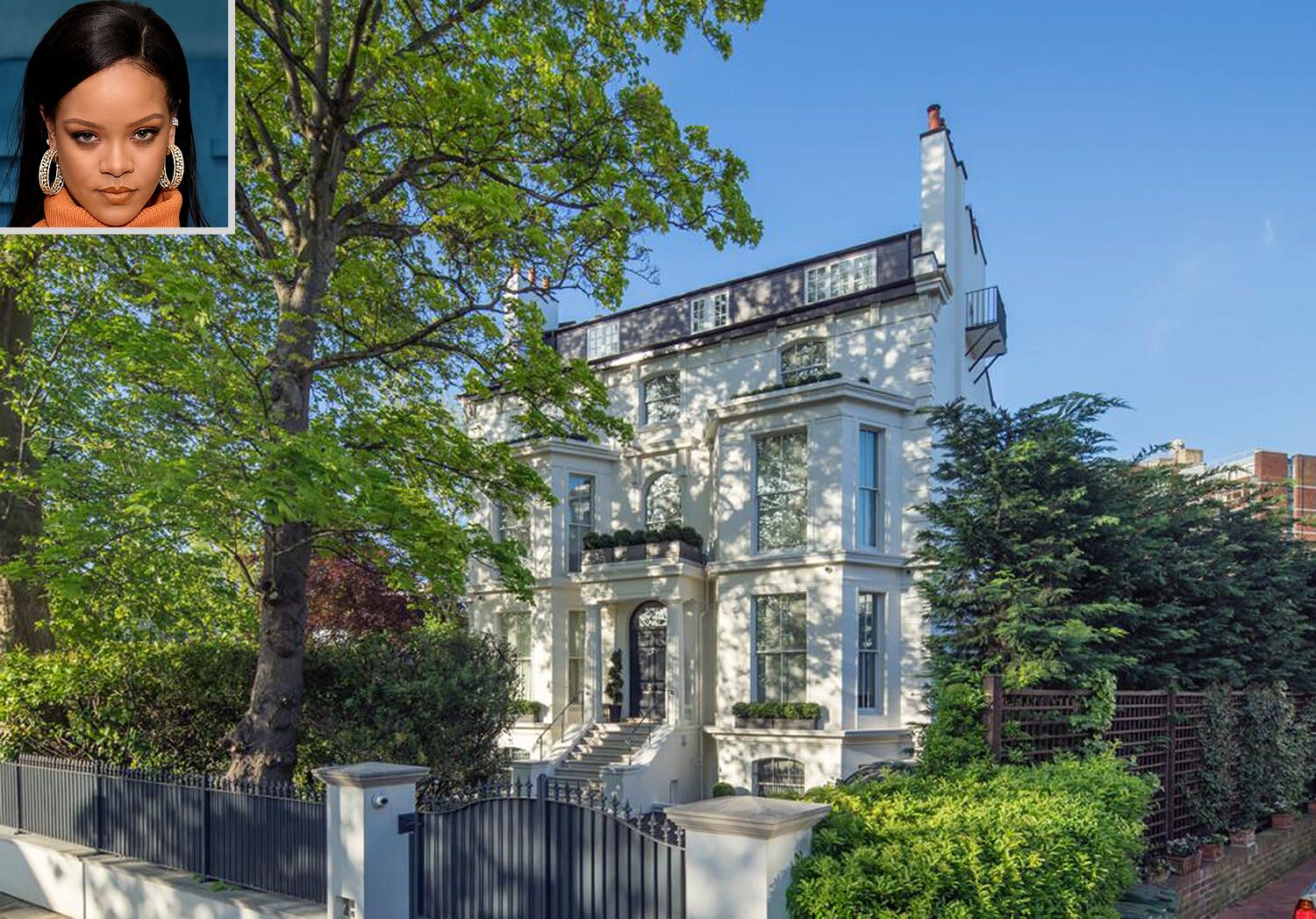
Westend61 / Getty Images
Nothing is worse than picking up a new plant at your local garden center only to have it die shortly thereafter. “Not all nurseries and garden centers take care of their plants the same,” explains Jessica Walliser of Savvy Gardening. “If plants are not watered regularly and properly, stunted growth, nutritional deficiencies, and stress-related disorders could be the result.”
How do you determine what condition a plant is in before you bring it home? Christopher Landercasper, Director of Farming Operations for Sonoma’s Best Hospitality Group, says assessing their weight is a good place to start. “When I am looking for healthy plants in a nursery, I like to randomly pick up several individual plants out of a group,” he says. “By judging their various weights, I can get an idea whether they have had enough water. I tend to pick a plant that weighs somewhere in the middle to heavy end.” But that’s not your only option. Here, the pros share more advice for choosing quality plants.
The greener, the better.
According to Landercasper, the color of a plant says a lot about the condition it’s in. “I tend to notice that the more vibrantly colored plants tend to be healthier, and the darker the green the better,” he says. “If they have a little bit of purple tinge to the leaves, don’t worry. This is commonly caused by the plants getting a little bit cold during the night, or by a lack of phosphorus. Replanting into healthy soil will allow most plants to overcome the issues.”
Inspect for pests.
If you aren’t checking a garden center plant for pests, Walliser says you’re making a misake. “Wave your hand over the plant to see if whiteflies, fungus gnats, and other flying pests take flight after the disturbance,” she says. “Also, look for a shiny, sticky substance on the leaves. If one is present, it could be a sign of aphids, mealybugs, or other sap-sucking pests who leave a sticky excrement behind that builds up on leaves.
Look for healthy roots.
Landercasper says you should always inspect the roots of a plant before buying it if possible. “It’s a good sign if the root ball holds together,” he says. “Look to see if the roots have made it to the bottom of the pot, and if they have additional roots branching sideways throughout the planting mix.”
Think twice about yellow plants.
If a plant is starting to turn yellow, Landercasper says there’s a good chance it’s not getting the nutrients it needs. “If a plant is slightly yellow, it’s a sign that it’s lacking in nitrogen or water, and has been sitting for a while,” he explains.
Go for plants that that haven’t blossomed yet.
Ensure that a flowering plant reaches its full potential, says Walliser, by purchasing one that has not yet bloomed. “Try to purchase annuals and perennials that are not yet in flower,” she says. “While it might seem beneficial to purchase plants already in bloom, that plant is putting a lot of energy into making blooms. Instead, you want it to establish healthy roots in its new garden home. Only then is it ready to put energy into flowering.”
Avoid root-bound plants.
Landercasper says that there’s no greater giveaway that a plant is in poor health than if it’s become root-bound. “Root-bound occurs when a plant has spent too long in its current amount of soil and the roots of a plant keep growing around their pot looking for new nutrients. They can end up turning into a big knot if they do not have new soil,” he explains. “Unfortunately, it can stress certain plants enough that they can never fully recover.”


